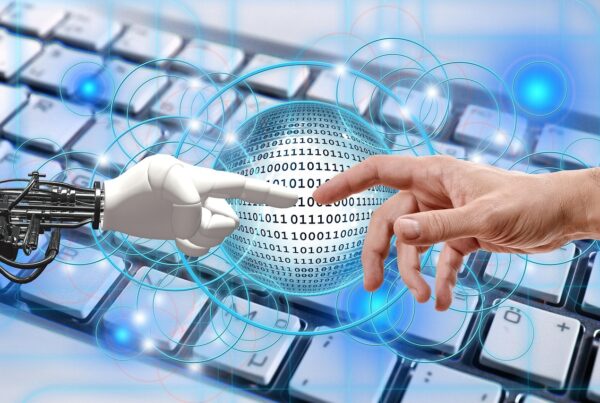#AI@Work: The Rule of Five
RPA stands for Robotic Process Automation. What it actually does many times is automate tasks, not processes. More effort and complexity might be required to knit those tasks into processes. RPA is often controlled by the “Rule of Five.” The Rule of Five states that RPA tends to break down when a bot has to make more than 5 decisions, or if bot interfaces with more than 5 applications or manipulates more than 500 clicks.
Although they can help with security, RPA can also be the gateway to security problems. If a bot is compromised, it can pose an increased security risk. Bots are not resilient. They don’t change when the outside world causes changes in business processes. Bots require a variety of QA/QC (Quality Assurance and Quality Control) processes to ensure they work as intended. This is typically limited by human input. There can also be challenges to privacy requirements. This is true for personally identifiable information.
RPA is about bots mimicking the behavior of and replacing humans. RPA can provide cost savings, speed, accuracy, consistency, quality and even increased security. RPA offers a solution to difficult, costly and complex problems. Legacy systems can have variable and customized rules. RPA replaces humans on the back end for data entry and processing. Many of these solutions are possible because of virtual technology. This eliminates the need for more hardware and lowers costs. RPA is changing the cost structure for the service industries. Is it getting better? Well That depends!
#AI@Work, #WFH, #RemoteWork, #WorkFromHome, #BobbeGB, #BobbeBaggio, #ThePajamaEffect, #Touchpoints, #Virtual Workplace, #Work From Home #PJEffect, #LinkedInNewsLive





